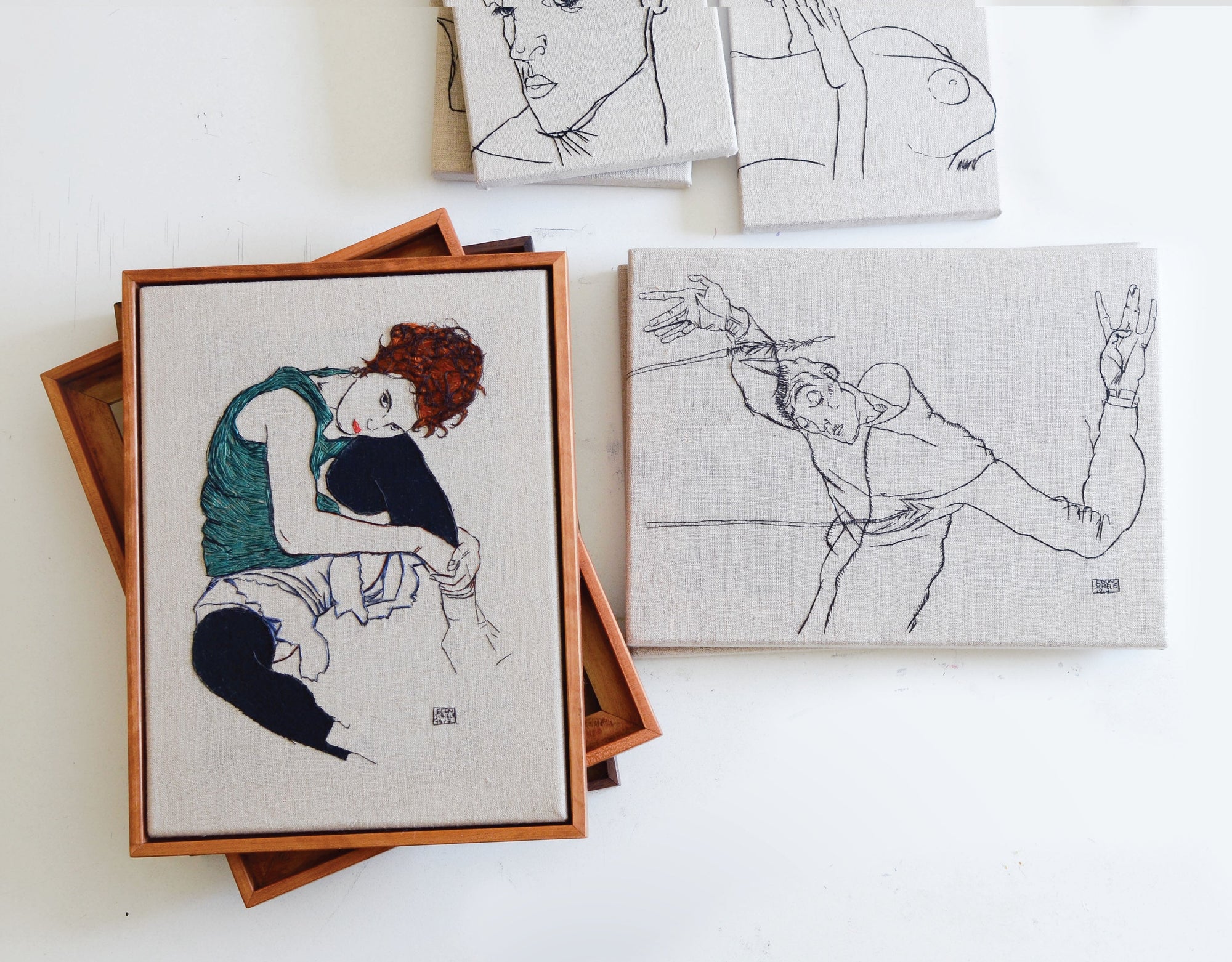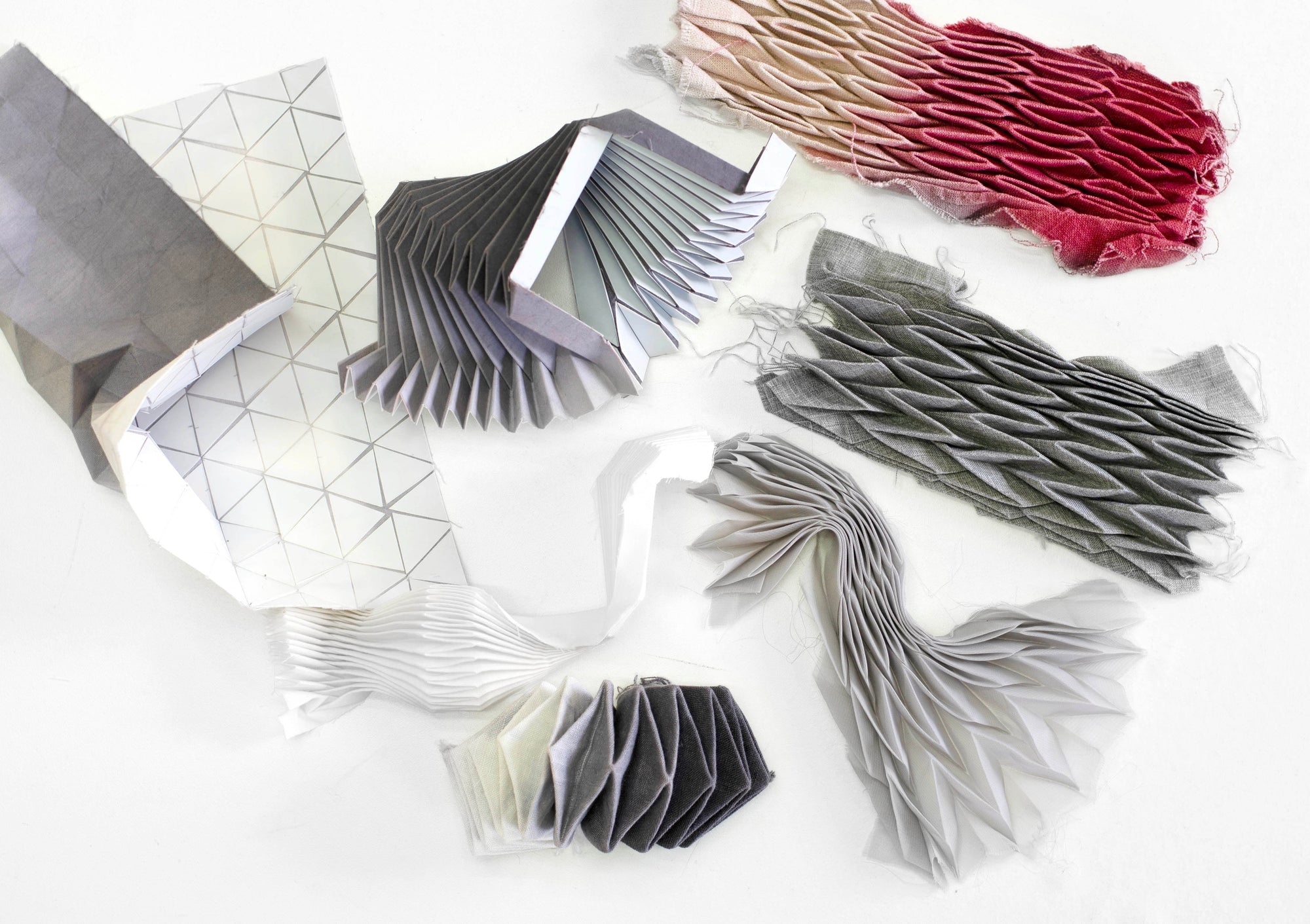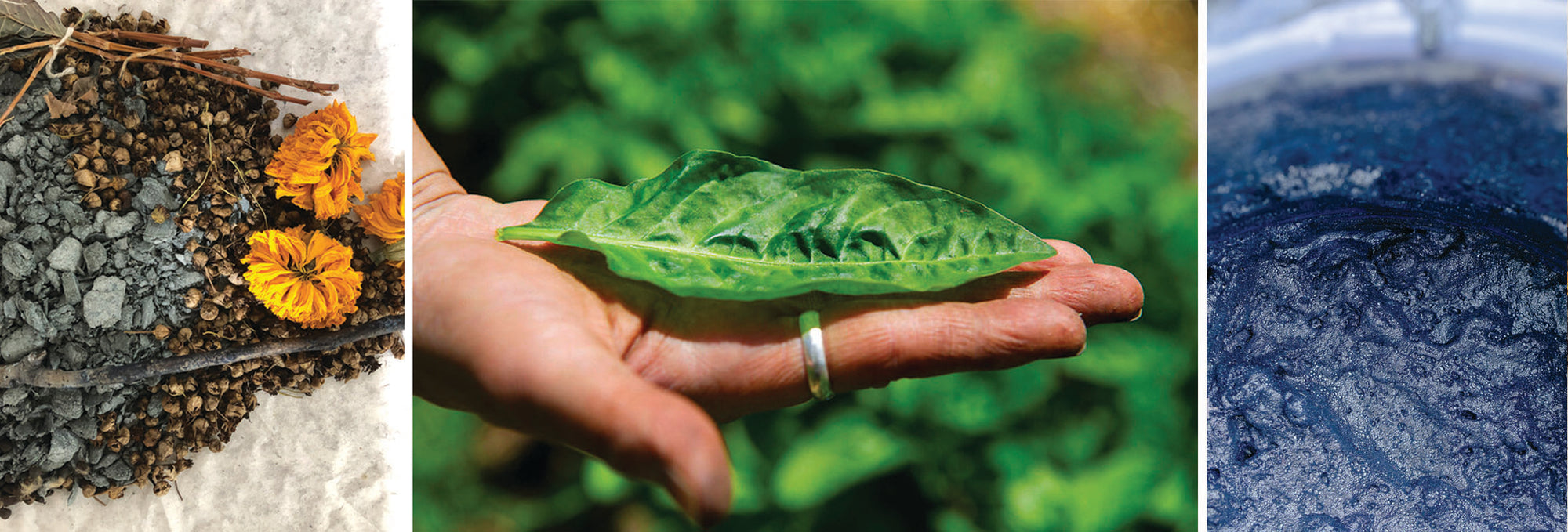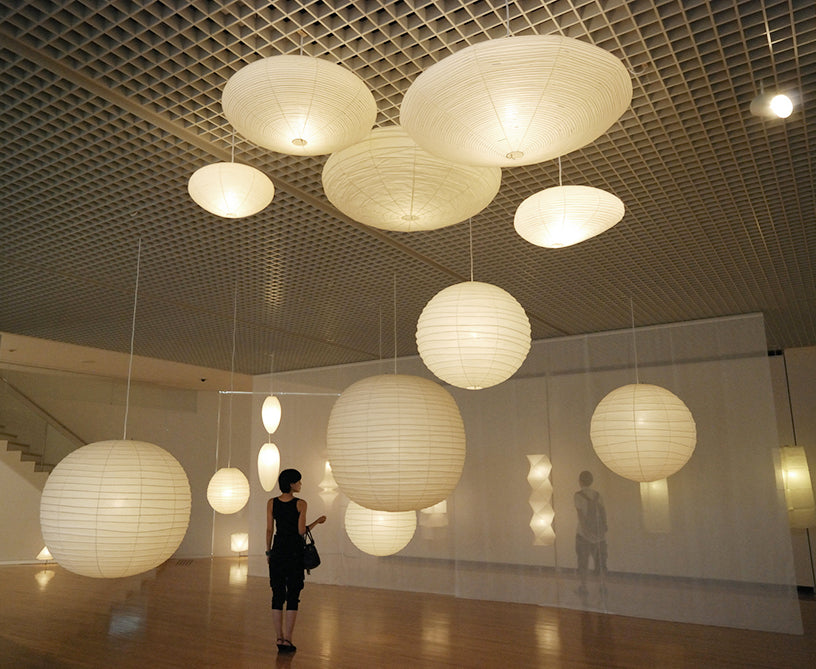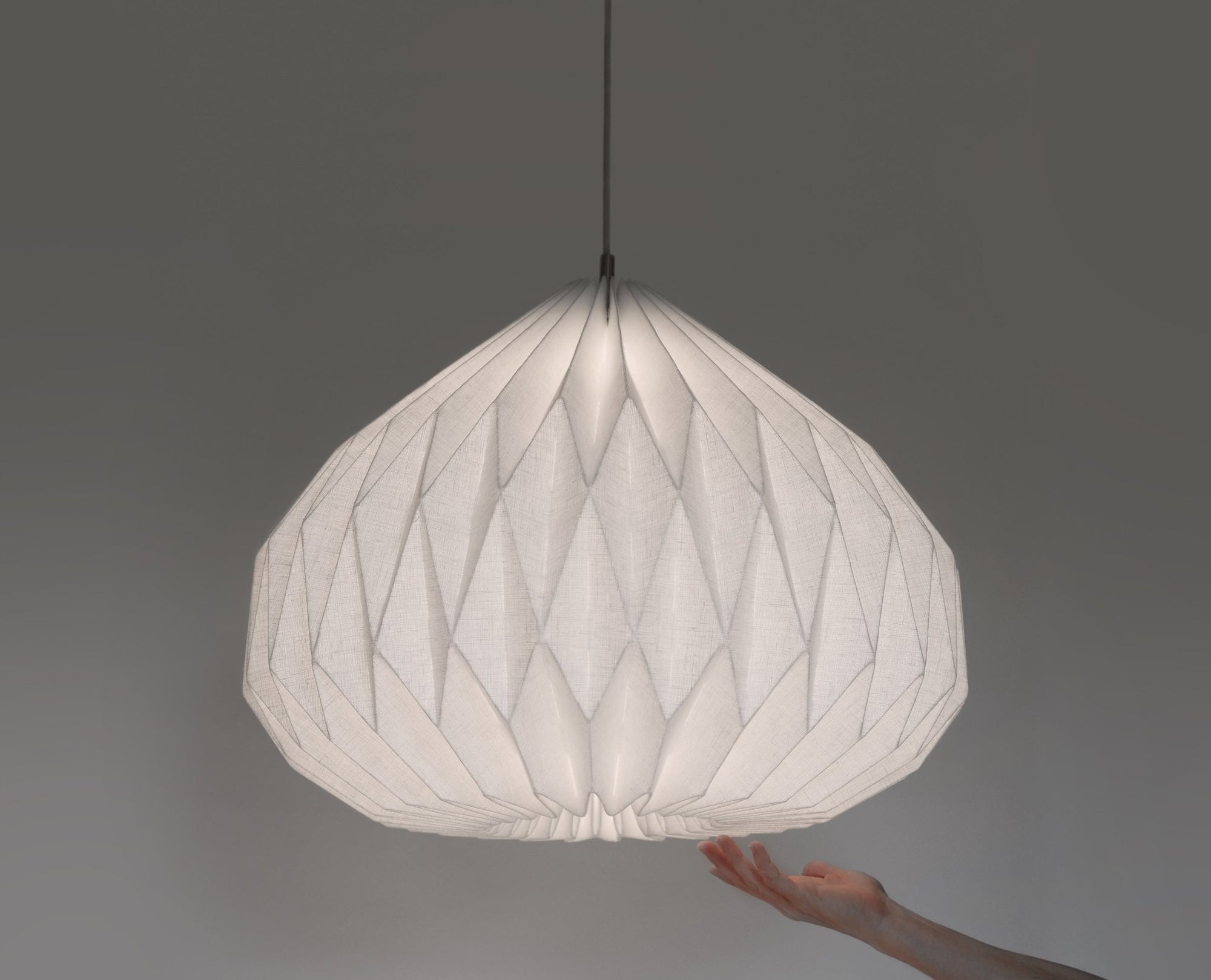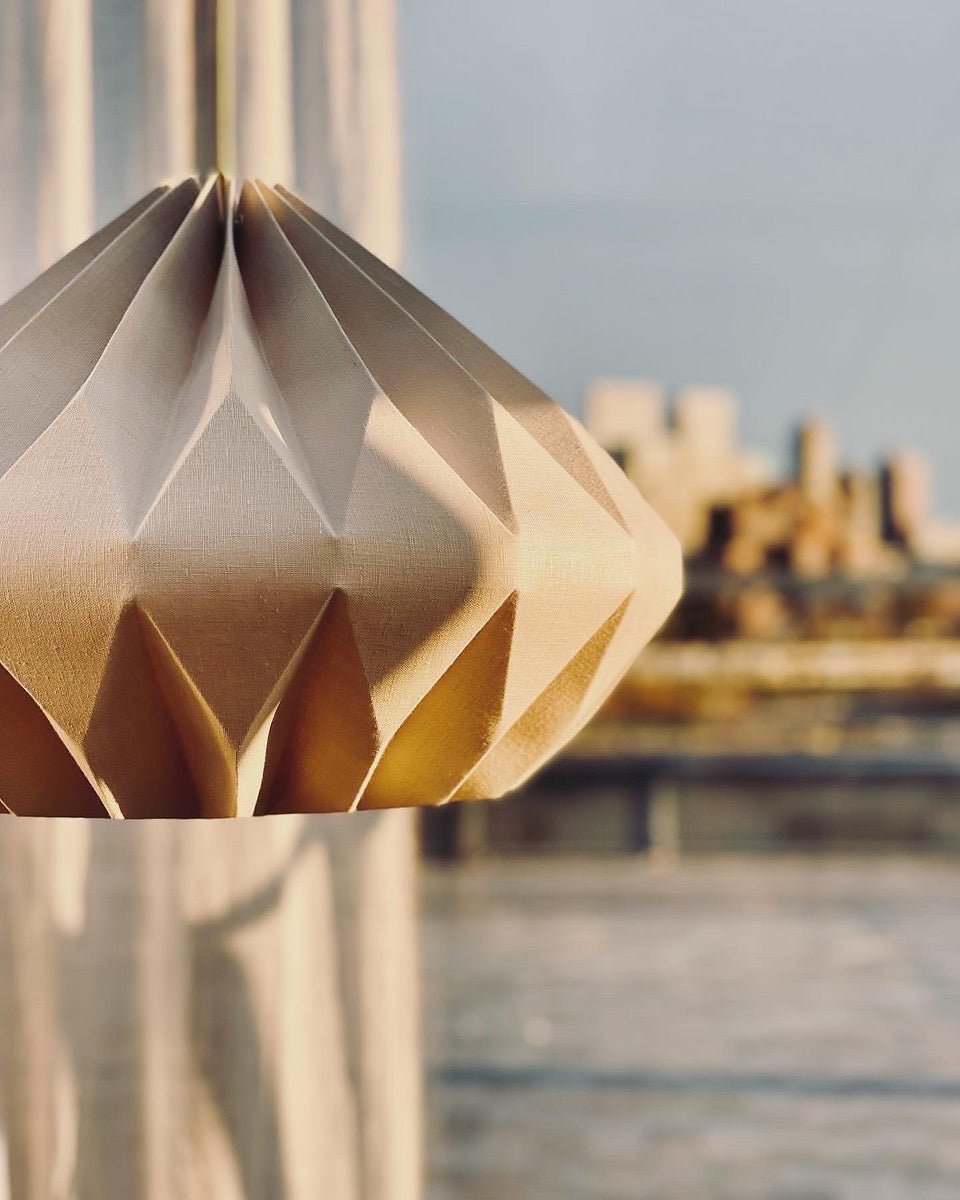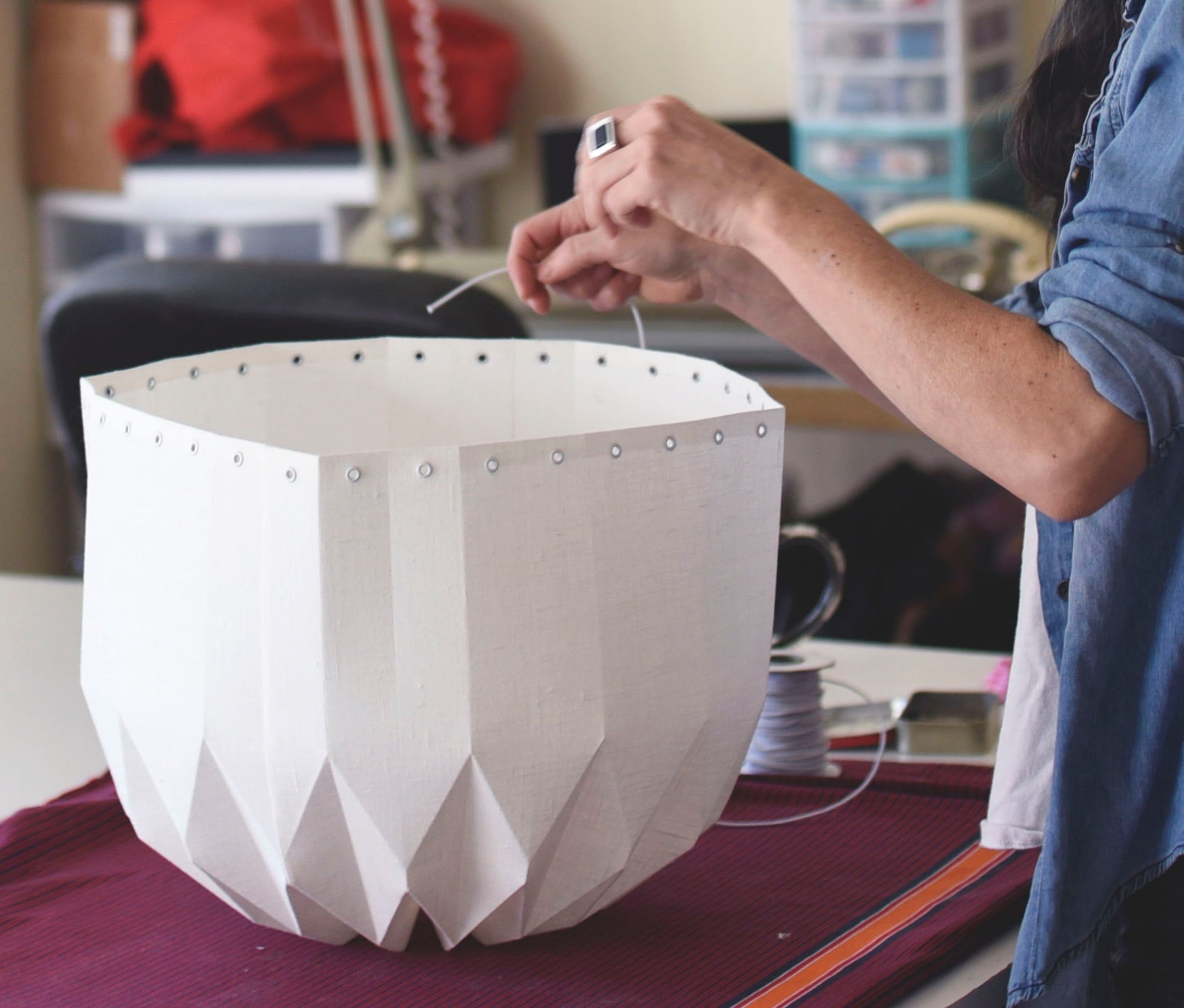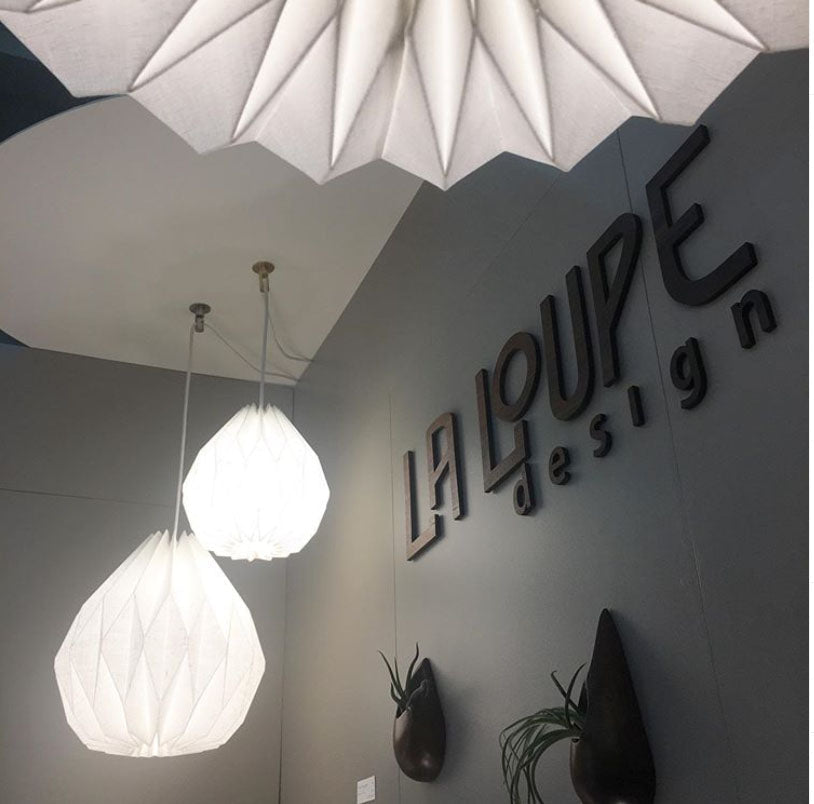I'm have always been amazed by Japanese textile techniques and shibori is one of them. This technique is a way to embellish textiles by shaping cloth and securing it before dyeing. The word Shibori comes from the verb root shiboru, “to wring, squeeze, press”. Rather than treating cloth as a two-dimensional flat surface, shibori techniques emphasize the action and the process of manipulating fabric in a three-dimensional manner to create a shape-resisted design.
As always, when I'm interested in exploring new techniques, I do some research and try to find the right book as a guide. This book: “Shibori. The Inventive Art of Japanese Shaped Resist Dyeing” (by Yoshiko Iwamoto Wada, Mary Kellogg Rice, and Jane Barton) has a detailed explanation of all the different types of shibori. It is was a great addition to my library and a must-have to any textile artist and designer bookshelves.

The shibori family of techniques includes numerous resist processes to make different designs and patterns. Much of the work of shibori is in the preparation: the fabric is folded, tied, sewn, or pleated to dictate the pattern of the dye. When the cloth is returned to its two-dimensional form after dyeing, the design that emerges is the result of the three-dimensional shape.


After trying some different samples I was interested in a particular type of shibori that combines folding and binding to create stripes.

The vertical stripes are made by the simple process of pleating and then binding the pleated cloth around a cylinder. Since only the edge of each pleat is exposed when the cloth is bound and dyed, a pattern of stripes results. The resisting effect of the binding thread creates the fine resist lines crossing the dark stripes adding such a beautiful expression to the design. I just love how this pattern evokes a wooden landscape, and how each stripe has a particular and beautiful detail.
You probably are wondering if I use natural indigo. At his time I work with Indigo Blue Fiber Reactive Procion Dye, but working with natural dyes is something that is definitely on my list.

When working with shibori you flow with the natural expression of the material and an element of the unexpected is always present. All the variables on shaping the cloth, the different types of folded, tied or pleated resist, the size of the thread, the amount of pressure from the thread or clamp, the dye vat, all these factors influence the results that, in some way, are out of human control to reproduce the same exact textile each time. I love working with this technique to create dyed textiles, where the spontaneity and the serendipitous is part of the design.

The Shibori Lamps are part of our Ori Collection. Working under the same concept of exploring the dynamic of different folded patterns, the beautiful design of shibori fabric adds to this collection a touch of spontaneity in contrast to the geometric and precise origami patterns.
If you want to learn more about our Origami Lamps check our last year journal post: Origami Lampshades


